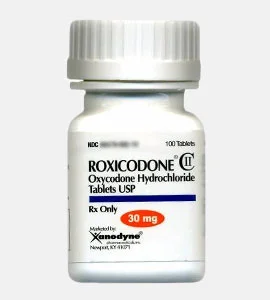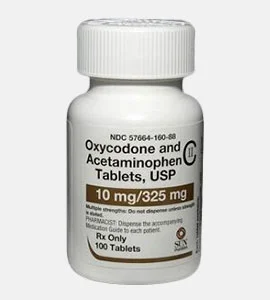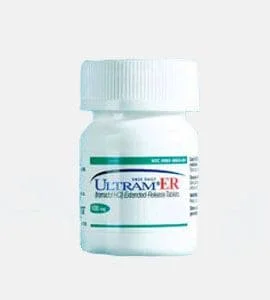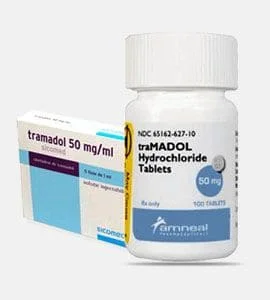Description
Acetaminophen (Paracetamol) 500mg
Acetaminophen (Paracetamol) 500mg (also known internationally as Paracetamol) is one of the most widely used over-the-counter (OTC) pain relievers and fever reducers. It’s gentle on the stomach and a good option when NSAIDs like ibuprofen or aspirin aren’t suitable (e.g., for people with ulcers or bleeding risks).
Quick Overview
-
Generic name: Acetaminophen (a.k.a. Paracetamol)
-
Common brand names: Tylenol, Panadol, Calpol
-
Strength: 500 mg (standard adult dose)
-
Drug class: Analgesic and antipyretic
-
OTC availability: Yes
Used For
-
Mild to moderate pain
-
Headaches
-
Toothaches
-
Muscle aches
-
Menstrual cramps
-
Back pain
-
Osteoarthritis
-
-
Fever
-
Post-vaccine discomfort
How It Works Acetaminophen (Paracetamol) 500mg
Acetaminophen works by inhibiting prostaglandin production in the brain, which helps reduce pain and fever—but unlike NSAIDs, it doesn’t significantly reduce inflammation.
How to Take It
-
Adult dose:
-
500–1000 mg every 4–6 hours as needed
-
Do not exceed 4000 mg per day (some guidelines recommend staying under 3000 mg for safety)
-
-
Take with or without food
-
Safe for pregnancy (in moderation)
Common Side Effects (rare)
-
Nausea
-
Rash
-
Mild liver enzyme elevations (with regular use)
Serious Risks (Overdose)
-
Liver damage or liver failure
-
Especially when taken over 4000 mg/day or mixed with alcohol or other meds containing acetaminophen
-
Overdose symptoms can be delayed, but very dangerous—seek emergency help if suspected
-
Avoid If You Have:
-
Liver disease
-
Chronic alcohol use
-
Are taking multiple medications that also contain acetaminophen (check cold/flu meds!)
Summary
Acetaminophen 500 mg is a safe, effective choice for everyday pain and fever, especially if you can’t take NSAIDs like ibuprofen or aspirin. Just keep an eye on the total daily dose—liver safety is the key.
Need a comparison with ibuprofen, aspirin, or naproxen depending on your symptoms?
Missed dose:
Overdose:
Storage:
Additional information
| Quantity | 30Pills, 60 Pills, 100Pills, 200 Pills, 300 Pills, 400 Pills, 500 Pills |
|---|
Related products
-

Roxicodone 30mg
$1.00 Select options This product has multiple variants. The options may be chosen on the product page -

Percocet 10/325mg
$1.00 Select options This product has multiple variants. The options may be chosen on the product page -

Ultram (Tramadol) 100mg
Read more -

Tramadol 50mg
Read more

